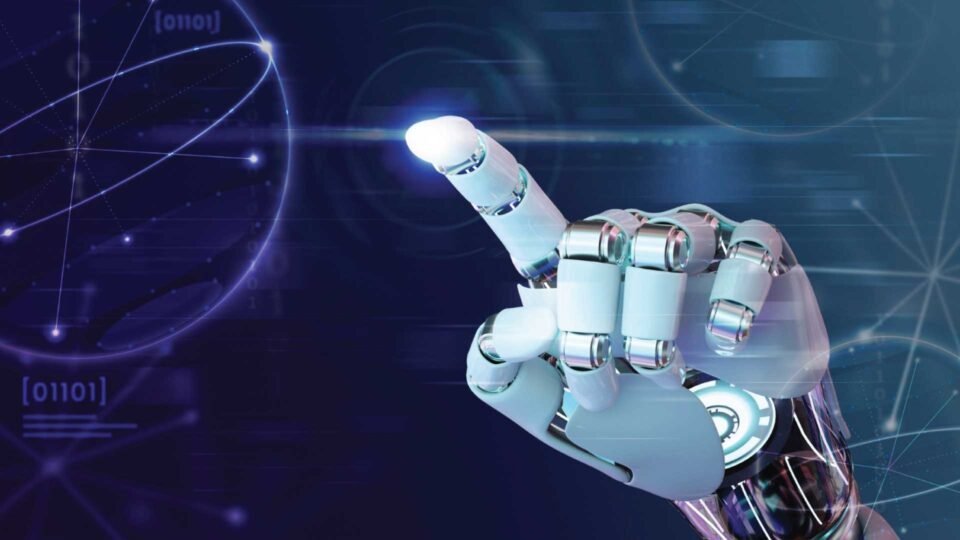Gartner releases “Critical Capabilities for Robotic Process Automation 2021” in which Laiye is selected in leading position in all the five common use cases. “Laiye offers an integrated intelligent automation platform with a range of capabilities including document processing, chatbot, AI model creation and process discovery.” as rated by Gartner of Laiye RPA products.
When done right, Robotic Process Automation (RPA) can be a game-changing technology for organizations. RPA tools have been deployed in various industries, used to automate business processes. The scenarios it covers have expanded from rule-based, simple task automation to complex process automation that requires Artificial Intelligence (AI) capabilities.
Selecting the RPA tool that matches your business process requirements is critical, but success also lies in choosing right underlying RPA product. Here are three insights on selecting RPA product that will continue to deliver value.
1. UI automation are foundational capability for RPA product
Do the research and understand the features and capabilities of the different RPA tools. Tools vary between vendors, and the technology is continually evolving and can meet different technical and business requirements. For example, automation via user interface integration, or UI automation, is identified by Gartner as the most fundamental and critical use case for RPA. Since its inception, RPA tools are known for non-intrusive UI automation, with the capability to automate business processes by bridging cross-system data without modifying existing systems. Although most RPA products provide UI automation capability, the key that differentiates them is the underlying workflow engine.
Currently, many RPA products are developed based on a workflow engine called Microsoft Windows Workflow Foundation. While it leverages an off-the-shelf framework, there are obvious risks and limitations. Firstly, Microsoft has made a limited investment in Windows Workflow Foundation – it has not been updated since August 2012. Hence, it’s still unclear how the technology will develop in the future.
Secondly, Windows Workflow Foundation only supports the Windows system. Therefore, RPA products developed based on it could only support automation on Windows and cannot be used in other operating systems. This may hem in the organization in terms of future RPA scalability and agility in responding to changing business needs.
2. Citizen developers are key to RPA scaling
Citizen developers – or non-technical users – can create RPA robots that automate repetitive work for themselves or their departments without the help of IT. Hence, enterprises need to evaluate RPA vendors whether they can enable citizen developers in order to achieve large-scale implementation of RPA. Some vendors also provide community editions of their RPA software to encourage a huge external pool of developers and community members which can be an extra developer talent pool for organizations to leverage. These vendors continually cultivate new talents by offering courses with several universities and holding competitions for RPA developers.
Gartner has highlighted how a great RPA product can significantly lower the threshold for bot development and usage. It can accelerate citizen automation, empowering citizen developers to build automation scripts using low-code development interfaces, guided navigation and workflow generation.
Gartner also pointed out that the ability to create headless bots is crucial to realize the large-scale implementation of RPA.
Laiye’s RPA provides various means to create headless bots, including SDK, APIs, command library, plug-ins, etc. All can be easily integrated and reused – whether it is an end-to-end automation process or a piece of an automated task that might be used repetitively. Specifically, SDK equips third-party software with the capability of process automation. APIs allow third-party systems to manage and schedule RPA bots, and plug-ins support multiple programming languages like C++, C#, Java, and Python, greatly enhancing the bots’ ability to serve as a connector.
3. AI is critical to expanding the boundary of RPA
While RPA automates repetitive and mundane rules-based tasks, AI can gather and learn from insights and pass that on in a structured format for RPA. When combined, RPA and AI technologies can enable even greater intelligent automation.
In some business cases, traditional rule-based RPA bots can no longer meet all the requirements, and AI capability becomes a necessary and important element to build intelligent automation solution. Gartner identifies augmenting knowledge workers and automating document processing as two use cases combining AI and RPA. Since two of the five use cases identified by Gartner are AI-related, the importance of AI capability for RPA products cannot be underestimated.
To augment knowledge workers to get work done, RPA bots need to recognize and understand images with the help of computer vision (CV) technology, understand texts through natural language processing (NLP) technology, and realize human-machine interaction with conversational AI capability. A successful approach is to combine these AI technologies to achieve end-to-end automation through human-machine interaction. This solution is seen in use cases such as employee desktop assistant.
Looking forward, just as the industrial revolution has significantly automated manufacturing processes, RPA will eventually automate the operations and decision-making processes within organizations. Today, existing RPA products only solve part of the enterprise business automation challenges. There remains much room for imagination and potential for future growth in this space.
For more such updates and perspectives around Digital Innovation, IoT, Data Infrastructure, AI & Cybersecurity, go to AI-Techpark.com.

